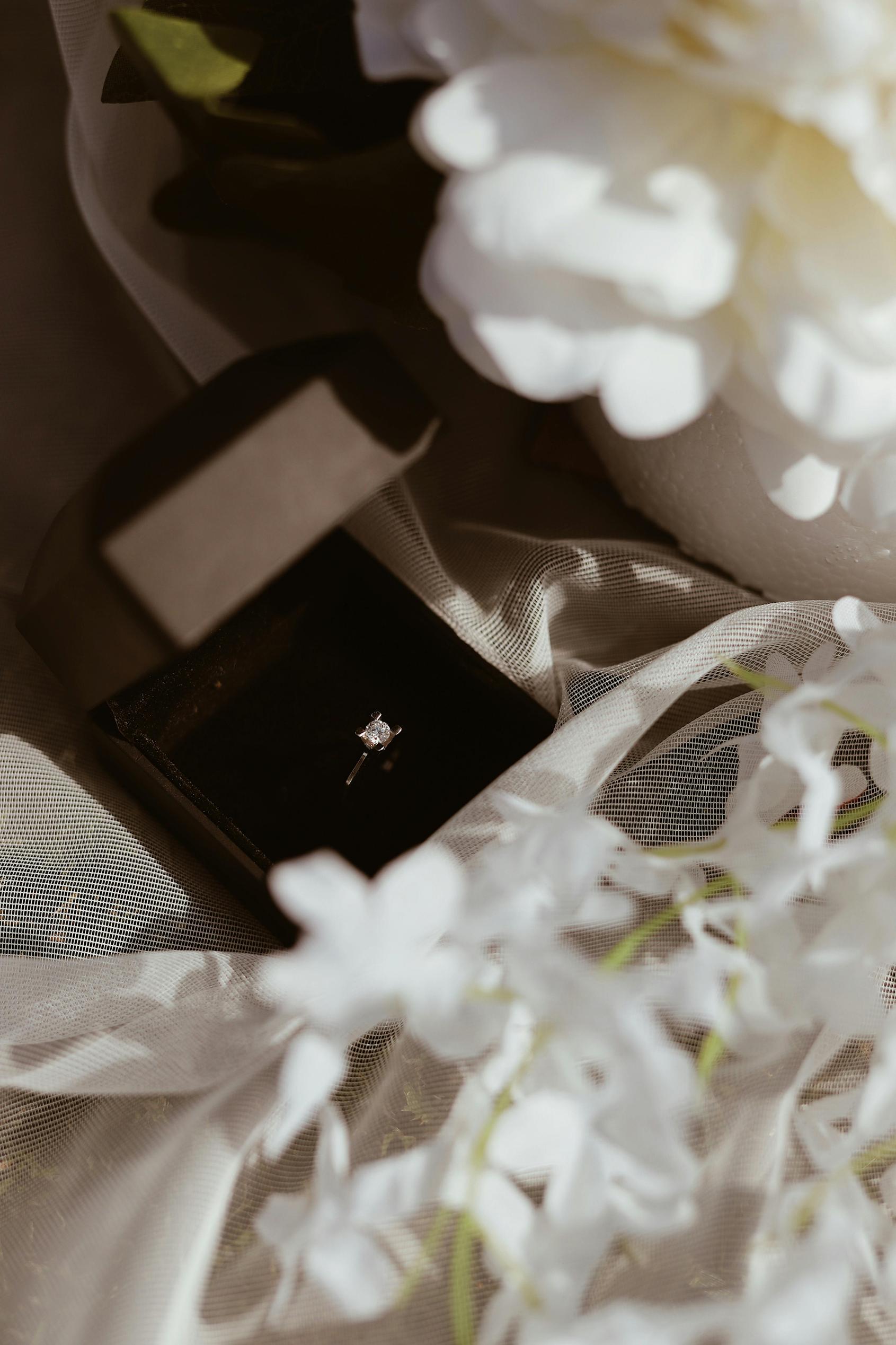Introduction
Selecting the ideal engagement ring setting can be overwhelming given the variety of styles available. Each setting showcases the gemstone’s brilliance differently while emphasizing unique design elements. This guide aims to simplify your decision-making process by providing an in-depth look at common engagement ring settings. With the help of our engagement ring settings chart, you can confidently choose a setting that perfectly aligns with your preferences.

Understanding Engagement Ring Settings
Engagement ring settings play a crucial role in both the ring’s aesthetic appeal and functionality. The setting not only secures the gemstone but also enhances its overall look. Knowing the characteristics of various settings helps in making an informed decision that complements the wearer’s style and lifestyle. Understanding basic settings can better appreciate the craftsmanship that goes into creating an engagement ring.
Types of Engagement Ring Settings
The variety of engagement ring settings offers a wide range of styles to suit different tastes and preferences. Below are some of the most popular settings available today:
Prong Settings
Prong settings, also known as claw settings, feature metal prongs that hold the gemstone in place. Typically, four to six prongs are used, allowing maximum light to pass through the gemstone, enhancing its brilliance. Prong settings are versatile and accommodate various stone shapes and sizes.
Bezel Settings
A bezel setting encircles the gemstone with a continuous metal rim, providing superior protection against damage. This setting is ideal for individuals with an active lifestyle as it minimizes the risk of the gemstone getting dislodged. Bezel settings exude a modern, sleek look and are perfect for those who prefer a minimalist design.
Tension Settings
In tension settings, the gemstone appears to be suspended between two metal bands, held in place by the tension of the metal. This unique design maximizes light exposure to the gemstone, resulting in exceptional sparkle. However, due to the precision required, tension settings may have specific gemstone requirements in terms of size and hardness.
Channel Settings
Channel settings involve placing the gemstones between two parallel metal bands. This setting provides a continuous, unbroken line of sparkle, perfect for accentuating smaller stones. Channel settings offer durability and a smooth surface, making them an excellent choice for those who prefer a streamlined look.
Pave Settings
Pave settings feature small gemstones set closely together using tiny metal beads, creating a surface that appears to be paved with gemstones. This setting adds extra sparkle and can be used to cover the entire band or enhance specific parts of the ring design. Pave settings are ideal for those who love a brilliant, eye-catching ring.
Halo Settings
A halo setting surrounds the central gemstone with a circle of smaller stones, amplifying the overall shine and making the center stone appear larger. This setting provides an exquisite, vintage-inspired look and adds significant brilliance to the ring. Halo settings are a popular choice for those seeking a glamorous design.
How to Use an Engagement Ring Settings Chart
Using an engagement ring settings chart can simplify the decision-making process by providing a visual comparison of different settings. Here’s how you can effectively utilize such a chart:
-
Identify Your Preferences:
Begin by outlining your priorities. Are you looking for maximum sparkle, durability, or a specific style? This initial step helps narrow down your options. -
Compare Settings:
Use the chart to compare settings based on key factors such as durability, light exposure, and maintenance requirements. Note the pros and cons of each setting as they relate to your preferences. -
Visualize the Settings:
Look at images of rings featuring each setting to get a better idea of how they appear in real life. Visualization aids in understanding how each setting impacts the overall look of the ring. -
Seek Professional Advice:
Consult with a jeweler who can provide expert insights and answer any specific questions you may have. Professionals can also recommend settings based on their experience and knowledge.
By following these steps, you can use an engagement ring settings chart to make an informed and confident choice.

Key Factors to Consider When Choosing a Setting
When selecting the ideal engagement ring setting, it is essential to consider various factors to ensure the ring meets your needs and preferences. Here are the key factors to take into account:
Lifestyle and Durability
Consider your daily activities and lifestyle. If you lead an active lifestyle, opt for settings like bezel or channel that offer enhanced protection for the gemstone.
Aesthetics and Personal Style
Reflect on the styles you are drawn to and how the setting complements your fashion sense. Whether you prefer modern, vintage, or classic designs, the ring setting should align with your personal style.
Budget Considerations
Different settings vary in complexity and the amount of metal used, impacting the ring’s overall cost. Establish a budget before you start shopping, and explore settings that fit within your financial constraints.
Stone Shape and Setting Compatibility
Certain settings are better suited for specific gemstone shapes. For example, prong settings are highly versatile, while bezel settings may be limited to particular cuts. Ensure the setting you choose complements the shape and size of your gemstone.

Expert Tips for Selecting the Perfect Ring Setting
Choosing the perfect ring setting can be simplified with some expert tips:
-
Consult with a Jeweler:
Professional jewelers can provide valuable guidance and offer recommendations based on their expertise. -
Consider Future Maintenance:
Some settings require more upkeep than others. Ensure you are comfortable with the level of maintenance needed for the chosen setting. -
Try Different Styles:
Don’t hesitate to try on rings with various settings to see what feels and looks best on your finger. -
Prioritize Comfort:
The ring should feel comfortable for everyday wear. Ensure the setting does not have sharp edges or features that could cause discomfort.
Conclusion
Choosing the right engagement ring setting is crucial for both the ring’s aesthetics and functionality. By understanding different settings and considering factors like lifestyle and budget, you can select a ring that beautifully represents your love and commitment. Utilize our engagement ring settings chart to explore various options and make an informed decision.
Frequently Asked Questions
What is the most popular engagement ring setting?
The prong setting is the most popular choice due to its ability to maximize the gemstone’s brilliance and its versatility for various diamond shapes.
How do I choose the right ring setting for my lifestyle?
Consider durable settings like bezel or channel if you lead an active lifestyle, as they provide superior protection for the gemstone.
Are certain settings better for specific diamond shapes?
Yes, certain settings complement specific diamond shapes better. For example, prong settings are versatile and suit most shapes, while bezel settings are ideal for round and oval cuts due to their secure design.
